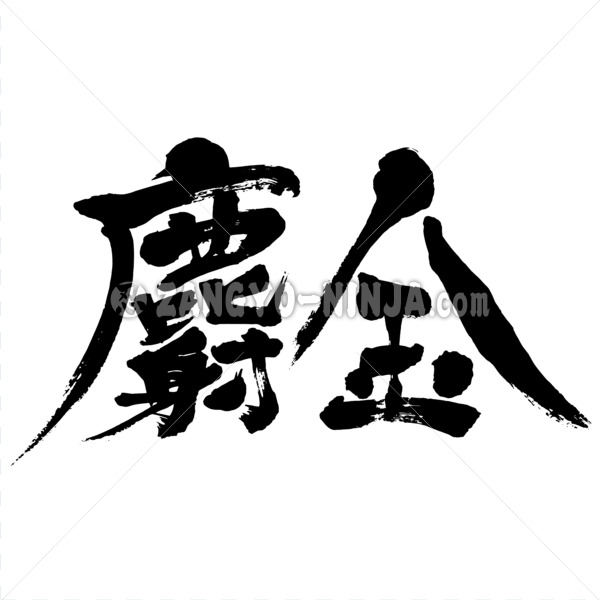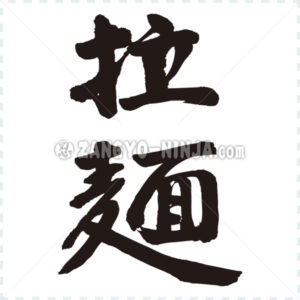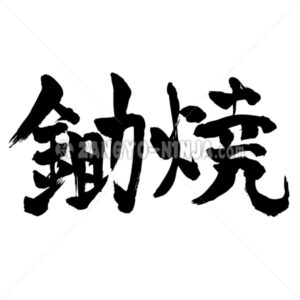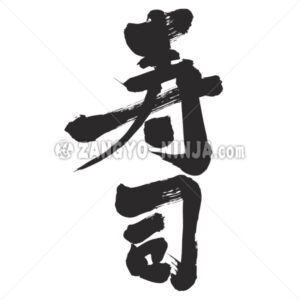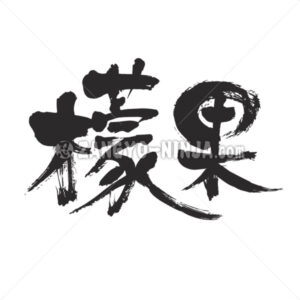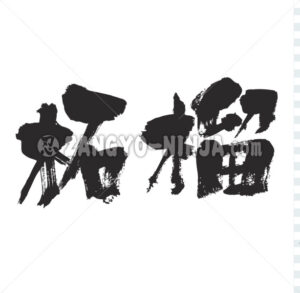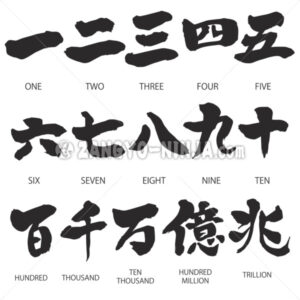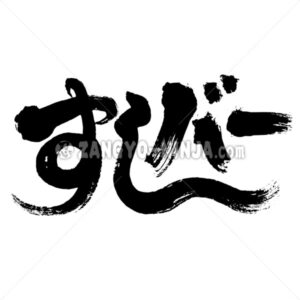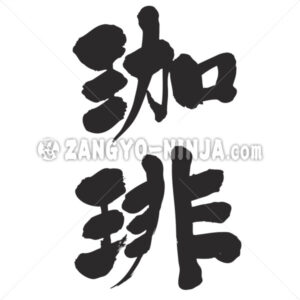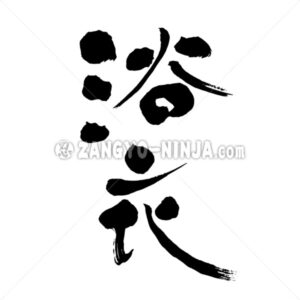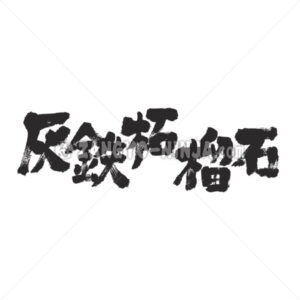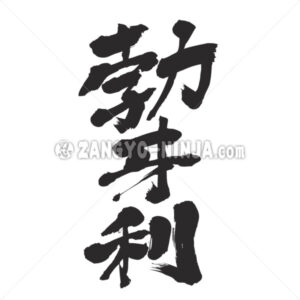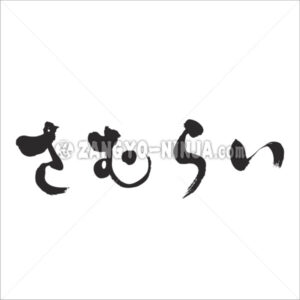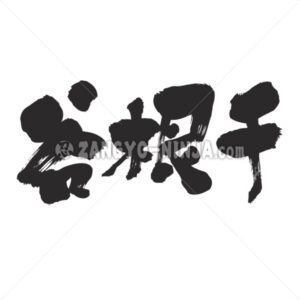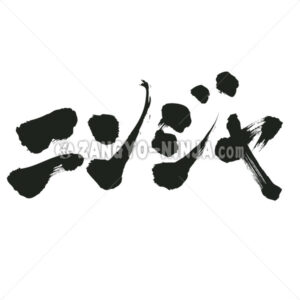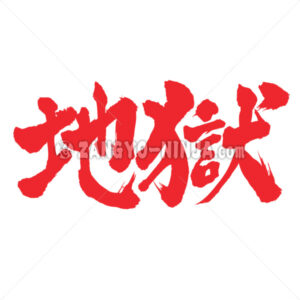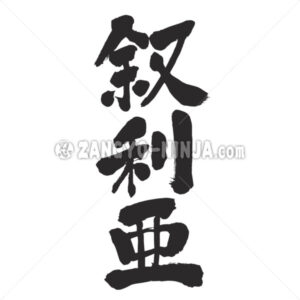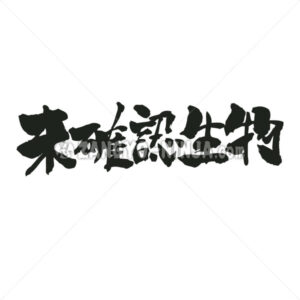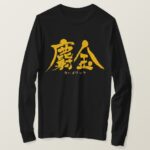Description for “Turmeric in Kanji”
Turmeric is a member of the ginger family. It is characterized by its fragrance, bitterness, and golden color, and is used by drying its roots and stems. Besides being used as a spice in curry, it is widely used as a dye for cloth, mustard, cheese, and other food coloring.
Turmeric” loved all over the world
Turmeric is now loved all over the world. It is widely cultivated in Asia and Africa, including India, China, and Indonesia, and also grows in some areas of Okinawa and Kagoshima in Japan. Turmeric is the English name, while its Japanese name is “Ukon”, “haldi” in India, and “jianghuang” in China.
It has been used as a medicine.
In India and China, turmeric has been used for centuries to promote liver function and digestion, to alleviate arthritis pain, and for other beauty and health purposes, such as applying it directly to the skin as a makeup substitute and to heal eczema and wounds.
Its health benefits are now being reevaluated.
Turmeric research was prompted by the confirmation of turmeric’s health benefits in the United States in the 1990s. Since then, various health and beauty functions of turmeric, including its ability to improve inflammation in the body, antioxidant effects, and liver protection, have been revealed, and it has been used in supplements and drinks.
Difference between turmeric and saffron
Like turmeric, saffron is a popular spice for coloring and flavoring dishes. Although turmeric and saffron seem to have similar functions, there is a clear difference between the two.
Saffron, like turmeric, has a pigment that gives foods their yellow color. However, the pigmentation is different from that of turmeric: saffron’s pigment is water-soluble, while turmeric’s pigment is oil-soluble.
Saffron, which has a water-soluble pigment, colors food clearly and beautifully when soaked in water or lukewarm water with the food. Turmeric, an oil-soluble pigment, is more soluble in oil than water. It is often used in cooking where oil is used, such as in curries and stir-fries.
There is also a significant difference in aroma, with saffron having a fresh, slightly sweet aroma. Turmeric has a distinctive aroma reminiscent of earth and grass.
Although the two spices differ in many ways, turmeric is often used in place of saffron. This is because saffron is difficult to harvest in large quantities and is expensive, and turmeric, which is less expensive, is used as a substitute.


